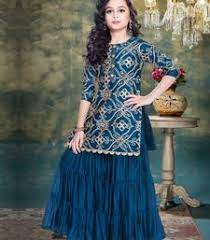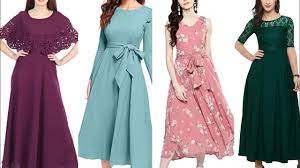
Choosing a Child Fashion Dress
You may be a mother who wants to give her child a stylish and comfortable child fashion dress. There are several tips to keep in mind when choosing a child fashion dress. One tip is to buy clothing made of the right fabric. Fabric that is too thin or too thick can cause the child to overheat, and the opposite is true if the fabric is too thin. Always make sure to dress your child for the season. Wear a heavy coat during the winter, and light clothing during the spring and summer seasons.
During the nineteenth century, infants wore long dresses made of cotton that was easily bleached. Other clothes for infants were calf-length white dresses. Even their caps were made of cotton and had lace or ruffles to decorate them. By the end of the century, toddler dresses began to come in colors and prints. The child fashion dress became more colorful as the child grew older. While rompers are no longer worn today, they still remain an important part of children’s fashion history.
The child fashion dress echoed the styles of women’s clothing. In the early nineteenth century, white, ankle-length frocks were common for babies and crawling toddlers. By the mid-nineteenth century, women’s dresses became more fashionable, with high-waisted bodices and narrow columnar skirts. By the early twentieth century, these styles were more a part of daywear for girls.
The evolution of children’s clothing led to significant changes in the clothing of women. For example, a child’s chemise dress may resemble a woman’s chemise dress, which is made from fine muslin, but is more complex than a child’s version. As the 1870s approached, women’s clothing began to shift away from stiff brocades and moved toward more fluid fabrics and classical antiquity.
A little girl’s 1922 fall tweed dress featured a variety of patterns and colors. A gingham frock was common, as was a sailor-style two-piece or formal all-wool serge dress. The boy’s outfits were more utilitarian, with long pants and jackets. Some were even made of cotton, and had ruffled or bow details. A pair of flannels was also common.
Boys eventually began to leave dresses for male clothing, and they soon started to dress in trousers. This transition was made easier in the nineteenth century, when boys were encouraged to wear trousers in symbolic gender roles. Skeleton suits were worn by boys until they were 6 years old. Eventually, the tunic suit (a knee-length tunic dress over long trousers) took their place and became popular into the early 1860s. It was not long before men started dressing their boys in male clothing.


